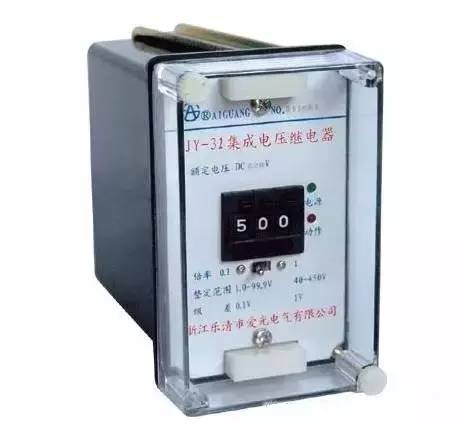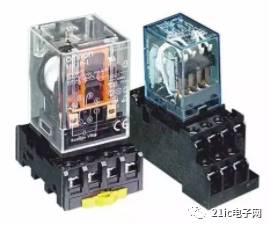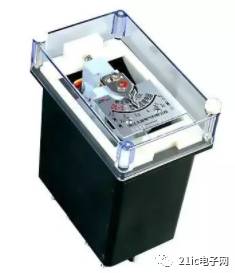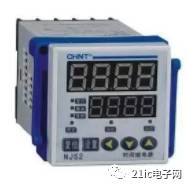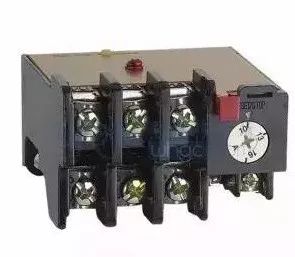The relay is an automatic control device that turns on or off the small current control circuit according to an input signal to realize remote control and protection. At present, the elementary relay research and development department has news that its relay input can be current, voltage, etc., or it can be non-electricity such as temperature, time, speed, pressure, etc., and the output is the action of the contact or the circuit parameters. Variety. When the relay input voltage, current and frequency, or other non-electrical quantities such as temperature, pressure and speed reach the specified value, the contacts of the relay turn on or off the circuit that is controlled or protected. The relay is generally composed of an input sensing mechanism and an output actuator. The former is used to reflect the level of the input, and the latter is used to turn the circuit on or off. Commonly used relays have contacts, and the contacts have two states, on and off, and the state changes are driven by a certain mechanism. The relay related to the action of the contact and the operating voltage of the coil is called a voltage relay. It is used for voltage protection and control of the electric drive system. In use, the coil of the voltage relay is connected in parallel with the load. Features: The number of turns of the coil is large and the wire diameter is fine. Classification: According to the type of coil current, it can be divided into AC and DC voltage relays. According to the size of the pull-in voltage, it can be divided into over-voltage, under-voltage and zero-voltage relays. The role of the intermediate relay is to increase the number of controlled lines or increase the allowable disconnection capacity of the contacts to achieve the purpose of distributing control signals and power amplification. The intermediate relay has two kinds of AC and DC. The intermediate relay is characterized by a large number of contacts, generally 3 to 4 pairs or more, and the contact form often uses a bridge contact (same as the contactor auxiliary contact). The intermediate relay with higher operating power has the same structure as the small contactor. It is suitable for control lines with AC below 500V. The coil voltage is five kinds of AC 12V, 36V, 127V, 220V and 380V. The relay has eight pairs of contacts with a rated current of 5A and a maximum operating frequency of 1200 cycles/h. Applicable to the control circuit below DC 110V, the rated voltage of the coil is DC 12V, 24V, 48V, 110V, the coil consumes no more than 3W, the relay has three normally open, three normally closed contacts with common contacts, contacts The rated current is 3A. The relay related to the action of the contact and the magnitude of the operating current of the coil is called a current relay. When used, the coil of the current relay is connected in series with the load. Features: The number of turns of the coil is small and thick. Classification: According to the type of coil current, it can be divided into AC and DC current relays. According to the magnitude of the pull-in current, it can be divided into over-current and low-current relays. The characteristic of the time relay is that when the control signal is obtained (such as the relay coil is turned on or off), the contact state does not change immediately, but the contact is closed or opened after a period of delay. This type of relay is also known as a time delay relay. The thermal relay is a kind of protection device that uses the heat generated when the current flows through the superheating element to bend the bimetal and push the actuator. Mainly used for protection of overload protection, phase failure and current unbalance operation of AC motors and control of heating status of other electrical equipment. Selection of thermal relays: (1) For motors with poor overload capability, the rated current IRT of the thermal components is 60% to 80% of the rated current IN of the motor. (2) In the case of infrequent starting, if the motor starting current is 6 times its rated current and the starting time is less than 6 seconds, the thermal relay can be selected according to the rated current of the motor. (3) When the motor is repeated and short-time working, it is necessary to pay attention to determine the operating frequency of the thermal relay. For motors with higher operating frequency, it is not suitable to use thermal relay as overload protection. Copper Lugs,Copper Cable Lugs,Plating Copper Cable Lugs,Copper Tube Terminal Lugs Taixing Longyi Terminals Co.,Ltd. , https://www.lycopperlugs.com